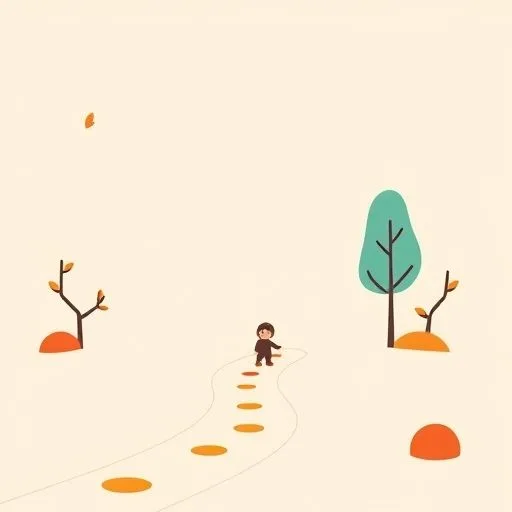
The house is quiet now—just the hum of a charging phone and your breath. You’ve fallen asleep mid-sentence again, our daughter’s tablet still warm between us. Outside, the world’s buzzing about AI regulations and data points. But in here, we’re wrestling with a smaller, quieter fear—our son’s first YouTube video at 10 PM. What’s a parent to do? We’ve always known how to listen for their footsteps in the dark. But now, we’re learning to listen for their shadows in the digital world.
The Weight in Their Digital Footprints

We’ve taught them to cross roads, but now we’re teaching them to cross algorithms. I see the way you’re learning to navigate parental controls—the same determined look you had when we first learned to swaddle.
You know how we’re always tracking data, and now, it’s our child’s digital habits? It’s enough to keep any parent awake. The idea of AI regulations might feel like faraway news, but it’s starting to show up in the quiet conversations with our kids. The way we’ve learned to make the rules feel less like a barrier, and more like a bridge, like we’re teaching them together. That’s where our real safety lies.
The way your hand on my shoulder when I’m exhausted mirrors the need to protect them from the digital world. Our family’s safety guidelines look like a shared glance at dinner, when the tablet is charging. The way we’ve learned to make the rules not as a barrier, but as a bridge.
The Language of Trust in the Digital Age

I’ve watched you do something incredible. When you ask our daughter to show her search history—not with suspicion, but with the same curiosity you’d show her art project. The way you’ve started learning about AI ethics together.
’That’s how we figure out the digital world together,’ you’ll say. And I’ll realize that’s your secret language—the same way we’ve learned to navigate bedtime stories. Have you seen the AI safety news in the headlines? At first, it’s easy to just glance over it. But it’s starting to show up in the super quiet, 3:00 AM thoughts, like we’re all just trying to figure out the next best way. The way we’re all doing it, just like we’ve learned to whisper, ‘It’s okay, they’re just exploring.’ That’s how we talk, like we’re just the next chapter in the story. The same way we’re just the next chapter in the bedtime book. The story’s not just the data, it’s what we turn it into.
The pause before asking about their online friends. The way we charge their devices in the living room—not as a prison sentence, but as a shared space.
We’re learning that the safeguards aren’t about controlling, but about keeping the conversation open.
The AI Navigator’s Core

Here’s what we’ve realized. The AI tools that help us plan meals? They’re great. But they can’t replace that moment when you instinctively know that our son’s grumpy mood is about missing his friend—not about the weather. It’s that deep, intuitive connection—the one that comes from years of shared laughter and wiped tears—that no algorithm can ever replicate.
No algorithm can predict the curve of your smile when you tell them that story. The way we’re teaching them to ask ‘why’—the way you’ll ask them about their digital interests—is where the real safety lies. Not in the fears, but in the curiosity we nurture.
Those moments when we’re exhausted, but choose to be the ones who answer their questions—not just the AI. It’s about the balance between the screen and the quiet hand on the charger. The same way we learned to balance life with them.
Source: California Gov. Gavin Newsom signs landmark bill creating AI safety measures, Boston Herald, 2025-09-29
